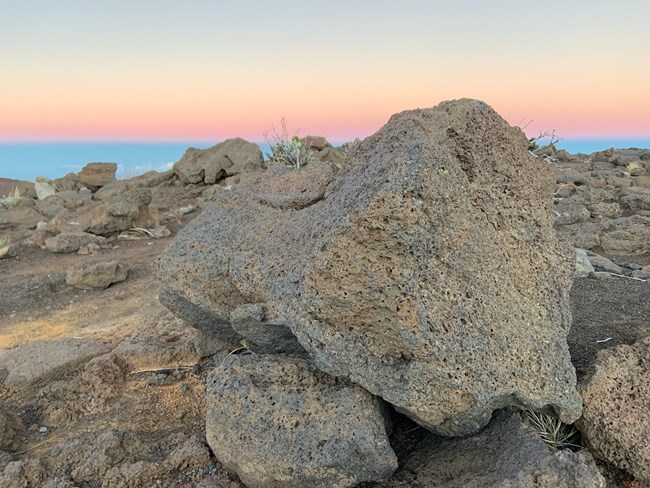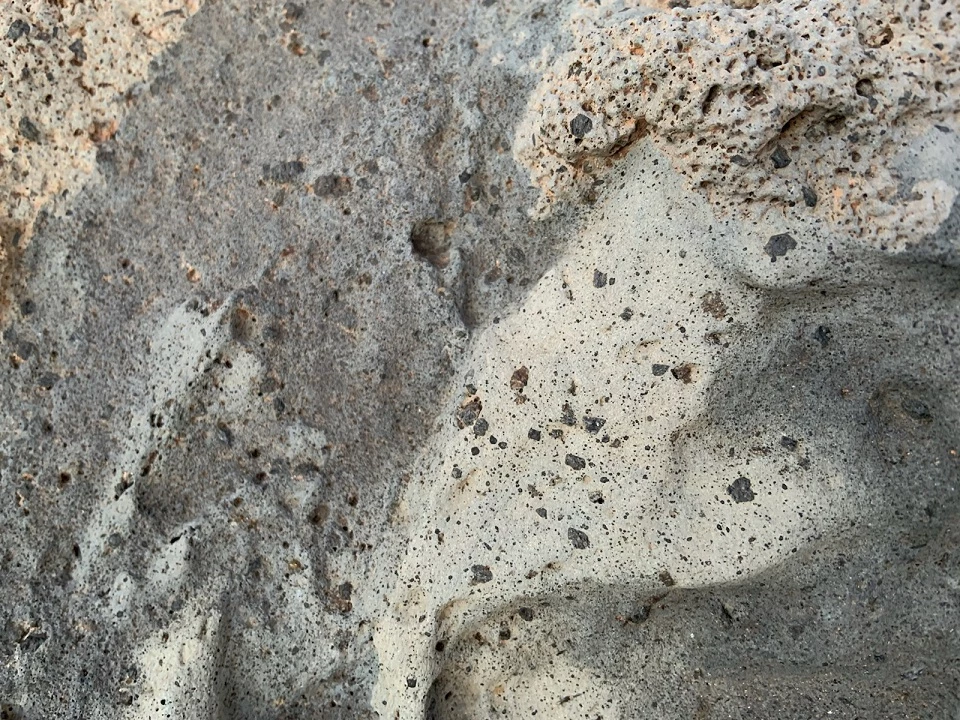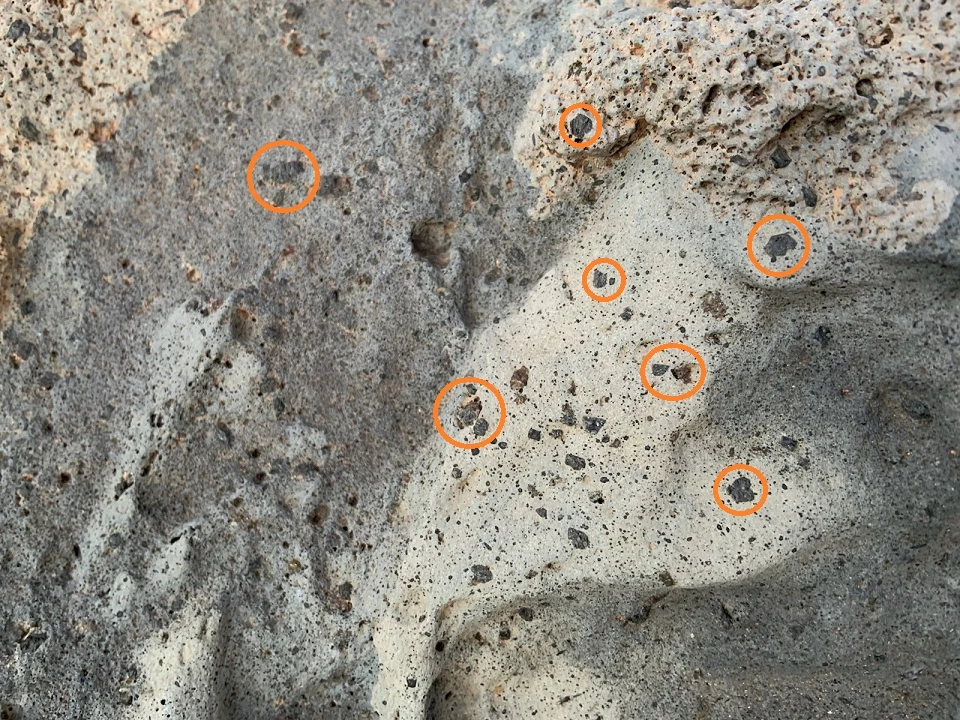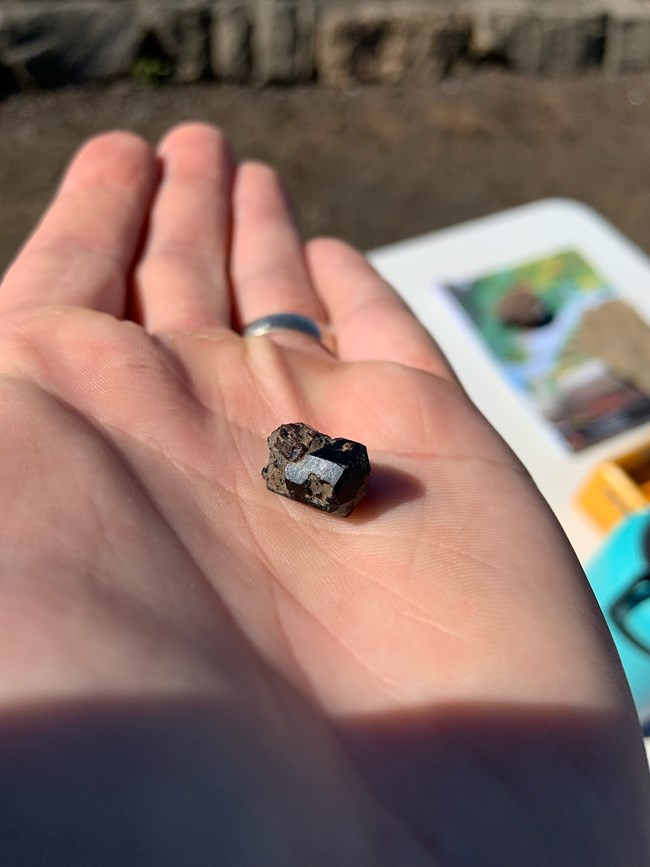|
Visitors frequently ask where the lava is once they’ve reached the rim of Haleakalā Crater. The last time lava flowed in the park was around 1,000 years ago! Right now, there is no actively flowing lava in the park or on Maui. Unless there is a new eruption, you won’t see any lava at Haleakalā National Park and the lava that once flowed on Maui has all cooled and become rock. Read on below to learn about the types of rocks and minerals you are likely to see in the park! Learn more about Hawaiian volcanoesExplore Our Geology GuideWhat kinds of rocks will I see in the park?The most common rock in the park is olivine basalt. Basalt is a mafic rock, meaning it contains large amounts of magnesium (Mg) and iron (Fe). Basalt is generally dark in color with dark grey to black coloration. 
NPS Photo Basalt is a fine-grained rock, meaning that it is difficult to see the minerals inside the rock with a naked eye or with a magnifying glass. However, some of the rocks contain phenocrysts, large crystals of minerals that are easily distinguishable from the surrounding host rock. If you look closely at the rocks in the park you may notice big, chunky crystals. These are the phenocrysts! Can you spot the pyroxene phenocrysts? 

Left image
Right image

NPS Photo If you see a mineral with brighter green coloration, or one that is rusty orange, you may have found olivine! Olivine is not in the pyroxene group, belonging instead to the olivine mineral group. The difference between the two groups are their chemical makeup and internal structure. While other minerals may be present in the rocks at Haleakalā they are either very rare, unidentifiable with the naked eye, or both. Ever wonder what rocks and minerals are in your backyard? Or maybe you want to know what rocks and minerals are found in your favorite national park? You can use the Geodiversity Atlas to discover the geologic resources throughout the National Park System! Discover Geology in Your BackyardGeodiversity Atlas |
Last updated: March 10, 2022
